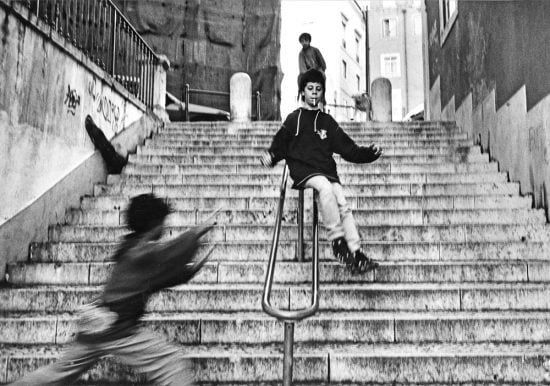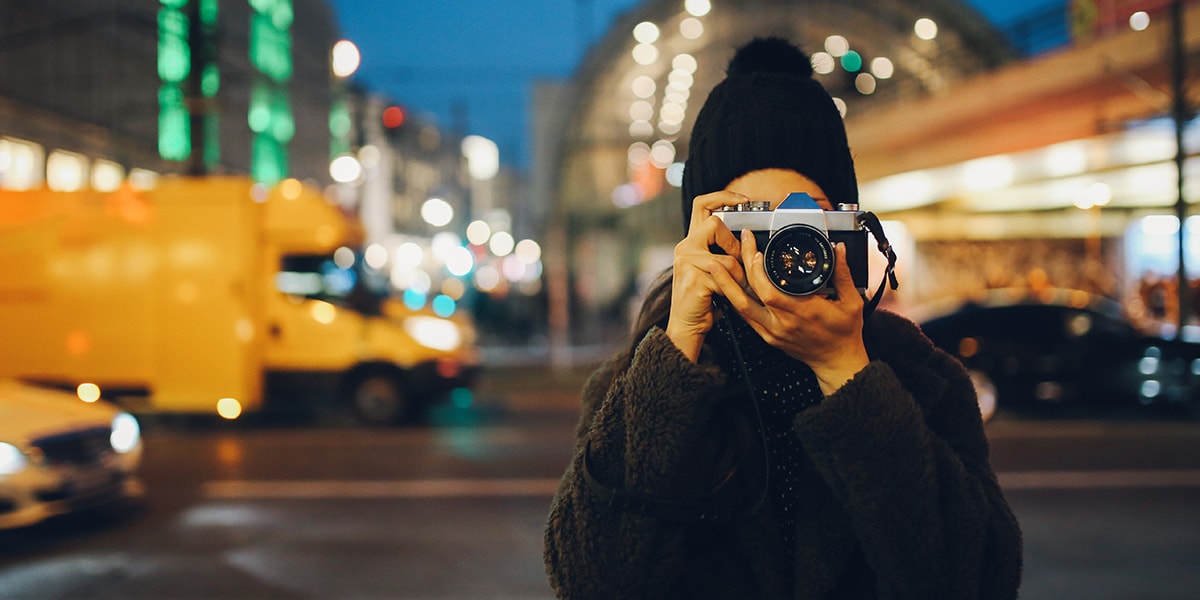Fascination About Street Photographers
Fascination About Street Photographers
Blog Article
Get This Report on Street Photographers
Table of ContentsThe Ultimate Guide To Street PhotographersSome Ideas on Street Photographers You Need To KnowTop Guidelines Of Street Photographers4 Simple Techniques For Street PhotographersThe 2-Minute Rule for Street Photographers
, a category of digital photography that records day-to-day life in a public area. The actual publicness of the setting enables the digital photographer to take honest pictures of complete strangers, commonly without their knowledge. Street professional photographers do not necessarily have a social objective in mind, but they favor to separate and record moments which could or else go undetected.He was affected by many of those that influenced the street professional photographers of the 1950s and '60s, he was not chiefly interested in catching the spirit of the road., who worked side by side with digital photographers attempting to catch the significance of metropolitan life.

Offered the fine quality of his photographs and the breadth of product, engineers and musicians often got Atget's prints to use as reference for their own work, though business interests were barely his primary inspiration. Rather, he was driven to photo every last remnant of the Paris he loved.
More About Street Photographers
They reveal the city through his eyes. His job and basic understanding of photography as an art form functioned as inspiration to generations of photographers that complied with. The future generation of street digital photographers, though they likely did not refer to themselves therefore, was ushered in by the photojournalism of Hungarian-born photographer Andr Kertsz.
Unlike his peers, Brassa made use of a larger-format Voigtlnder electronic camera with a much longer exposure time, forcing him to be a lot more calculated and thoughtful in his method than he might have been if utilizing a Leica. (It is thought that he may not have actually been able to afford a Leica during that time, but he did, nevertheless, use one in the late 1950s to take colour photos.) Brassa's photographs of the Paris abyss lit up by synthetic light were a revelation, and the compilation of the series that he published, (1933 ), was a major success.
Cartier-Bresson was a champion of the Leica you can check here video camera and one of the first photographers to maximize its capabilities. The Leica permitted the photographer to interact with the environments and to record minutes as they happened - Street Photographers. Its fairly small size likewise helped the digital photographer discolor right into the history, which was Cartier-Bresson's favored method
All About Street Photographers
It is due to this fundamental understanding of the art of image taking that he is commonly attributed with uncovering the tool around once more roughly a century because its invention. He took photos for even more than a half century and influenced generations of photographers to trust their eye and instinct in the moment.
These are the questions I will try to answer: And after that I'll leave you with my own interpretation of road photography. Yes, we do. Allow's start with defining what a definition is: According to it is: "The act of specifying, or of making something certain, distinct, or clear".
No, absolutely not. The term is both limiting and misinforming. Appears like a road digital photography should be photos of a streets ideal?! And all street digital photographers, besides a little number of outright beginners, will fully appreciate that a street is not the vital part to road photography, and really if it's a photo of a road with her latest blog perhaps a couple of monotonous people not doing anything of rate of interest, that's not road photography that's a picture of a road.
He makes a valid factor don't you assume? Nevertheless, while I agree with him I'm uncertain "candid public digital photography" will certainly catch on (although I do kind of like the term "candid photography") since "road photography" has actually been around for a long period of time, with numerous masters' names connected to it, so I believe the term is right here to stay.
The Street Photographers Statements
Inside?! I hear you scream as you tremble your clenched fist to the sky. Why not? You can fire at the beach, at a festival, in an alley, in a park, in a navigate to this site piazza, in a coffee shop, at a museum or art gallery, in a city terminal, at an event, on a bridge, under a bridge ...

The 3-Minute Rule for Street Photographers

Report this page